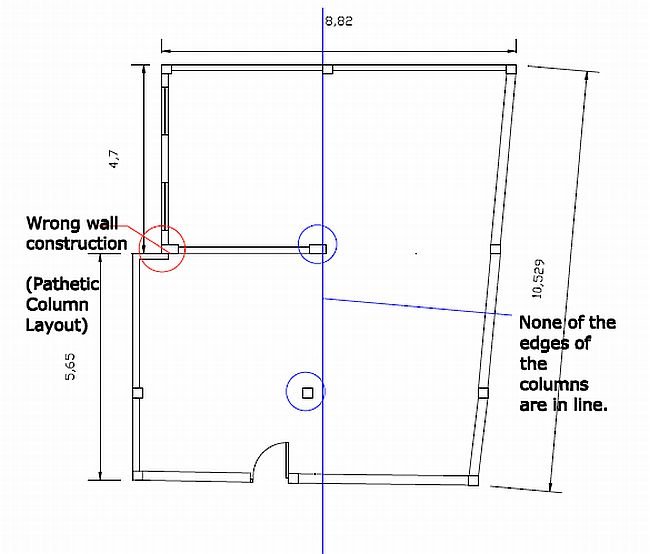Singly reinforced sections | Design of RCC structures
Earlier we discussed some basic terms in reference to singly reinforced sections design. It is important that you are thorough with the basic definitions and have complete understanding of stresses in concrete and steel. You should also possess the knowledge of reinforcement and terminology of beams which includes understanding singly reinforced beam, doubly reinforced beam, under reinforced beam, over reinforced beam and balanced reinforced beam.
There are two methods for the design of singly reinforced sections. In this article we will discuss the first method of singly reinforced section in a stepwise manner. The discussion will include the method for determining the value of neutral axis followed by a formula for the area of steel calculations.
Let,
b = breadth of a rectangular beam
d = effective depth of a beam
x = depth of neutral axis below the compression edge
Ast = cross-sectional area of steel in tension
σcbc = permissible compressive stress in concrete in bending
σst = permissible stress in steel
m = modular ratio
Neutral axis
Neutral axis is denoted as NA.
There are two methods for determining the neutral axis depending on the data given.

In this article, we will discuss the first method followed by a couple of numericals for your understanding and then move on to the second method.
